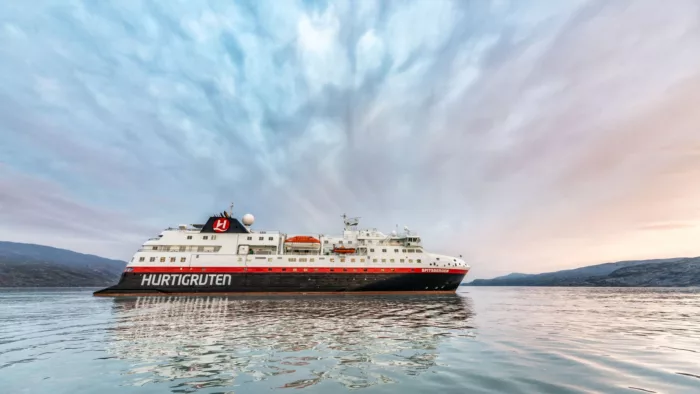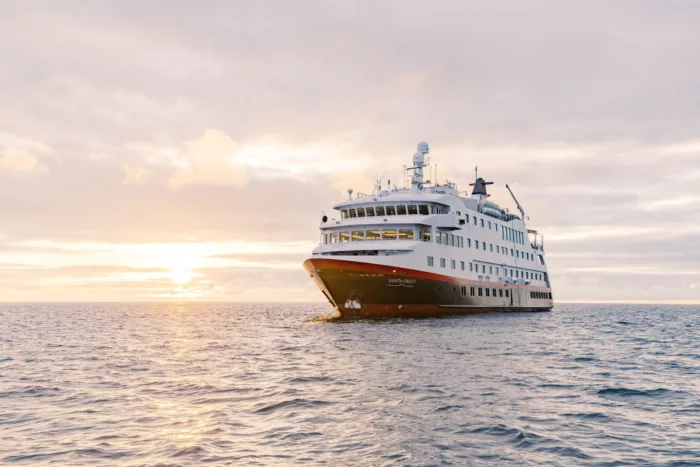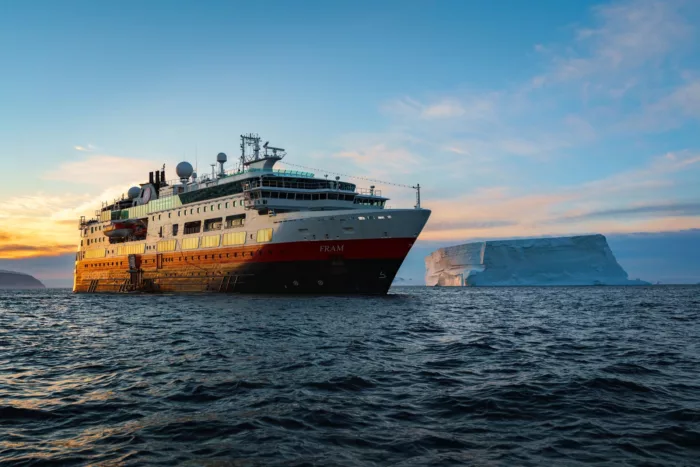
HX Hurtigruten Expeditions
Experts in expedition since 1896, HX boasts handpicked experts from a range of fields who will lead you on discoveries onshore and onboard including hikes, community visits, kayaking and talks.
530
Passengers
2020
Launched
20889t
Tonnage
140m
Length
23.6m
Width
15kts
Speed
9
Decks
NOK
Currency
Cruise Itinerary
Day 1
Buenos Aires, Argentina
Day 2
Ushuaia, Argentina
Embark.
Days 3 - 4
At Sea
Relax and make the most of the myriad of facilities available on board the ship, from fantastic entertainment to delicious and diverse dining options.
Day 5
South Shetland Islands, Antarctica
Days 6 - 7
Gerlache Strait, Antarctica
Day 8
At Sea
Relax and make the most of the myriad of facilities available on board the ship, from fantastic entertainment to delicious and diverse dining options.
Day 9
South Shetland Islands, Antarctica
Days 10 - 11
At Sea
Relax and make the most of the myriad of facilities available on board the ship, from fantastic entertainment to delicious and diverse dining options.
Day 12
Port Stanley, Falkland Islands (Malvinas)
Day 13
Saunders Island, Falkland Islands (Malvinas)
Day 14
West Point Island, Falkland Islands (Malvinas)
Day 15
At Sea
Relax and make the most of the myriad of facilities available on board the ship, from fantastic entertainment to delicious and diverse dining options.
Day 16
Puerto Madryn, Argentina
Days 17 - 18
At Sea
Relax and make the most of the myriad of facilities available on board the ship, from fantastic entertainment to delicious and diverse dining options.
Day 19
Buenos Aires, Argentina
Disembark.

Day 1
Buenos Aires, Argentina

Day 2
Ushuaia, Argentina

Days 3 - 4
At Sea

Day 5
South Shetland Islands, Antarctica

Days 6 - 7
Gerlache Strait, Antarctica

Day 8
At Sea

Day 9
South Shetland Islands, Antarctica

Days 10 - 11
At Sea

Day 12
Port Stanley, Falkland Islands (Malvinas)

Day 13
Saunders Island, Falkland Islands (Malvinas)

Day 14
West Point Island, Falkland Islands (Malvinas)

Day 15
At Sea

Day 16
Puerto Madryn, Argentina

Days 17 - 18
At Sea

Day 19
Buenos Aires, Argentina
Ship Details


HX Hurtigruten Expeditions
MS Fridtjof Nansen
Named in homage to Norwegian Explorer - Fridtjof Nansen, this is one of two fully hybrid ships in our fleet. She brings comfort to some of the world's most spectacular destinations, on board one of the most environmentally friendly ships in the world.
Cabins
All Prices







